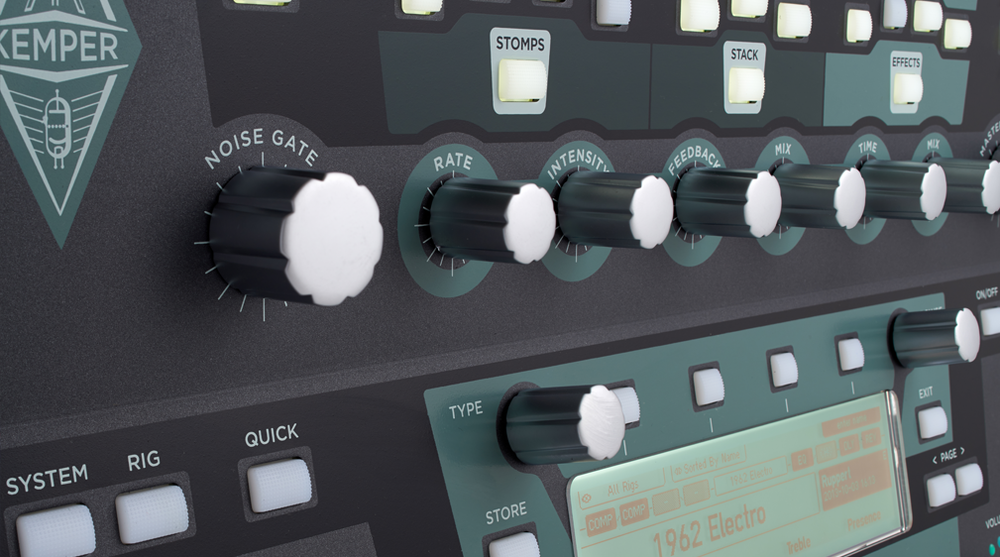1. Introduction
Back in the early days of electric guitars, tube amplifiers were the go-to for delivering that iconic electric guitar sound to our ears.
Tube amps (short for amplifiers) really shaped what we think of as the classic guitar sound. They had their own special tonal vibe and a way of overdriving that was super distinctive. But here's the catch—they weren't the sturdiest and needed regular part replacements, which was both good and bad.
Plus, the powerful amps needed these hefty transformers, and the speaker cabinets were far from being pocket-sized. Then, in the '60s, transistors popped up, and everyone got curious. Some companies started making guitar amps using this new tech. These amps were lighter, easier to take care of, but they couldn't quite nail the magical sound of the tube amp. Only a few managed to impress, especially with clean sounds—remember the Roland Jazz Chorus JC-120?
Then, in the '90s, digital tech came in and turned the musical world upside down with all sorts of new inventions.
And that's why we're here today. Without this leap forward, we wouldn't have amp modeling, and that means no Modeling Amps or Amp Modelers as we know them today.


